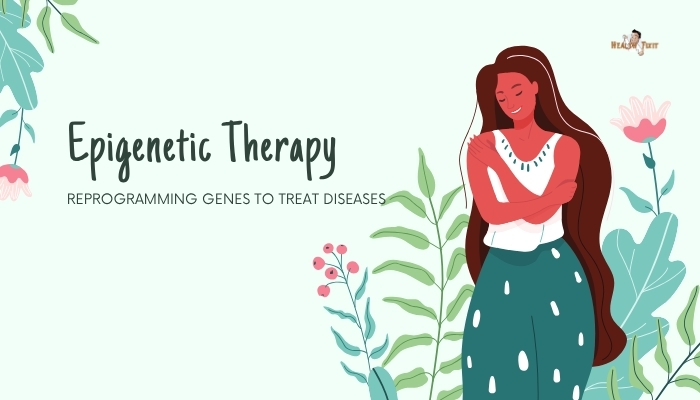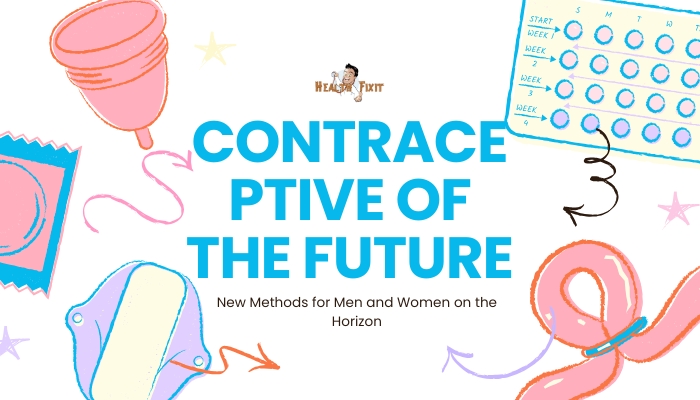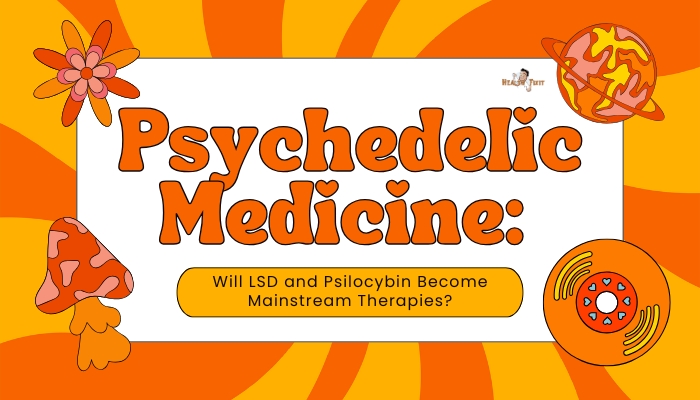Introduction
For decades, scientists believed the human genome was the ultimate blueprint of health and disease. Yet as research advanced,
it became clear that epigenetic factors—chemical tags on DNA or histones—crucially modulate which genes are active and which remain silent.
These reversible changes can contribute to cancer, neurological disorders, and other conditions by misdirecting gene expression. Now,
epigenetic therapy seeks to correct these aberrant marks, effectively reprogramming cells toward healthier states. This article explores how epigenetic drugs work
, their current applications, and the future of harnessing epigenetics to treat diseases once deemed incurable.
Understanding Epigenetics
Beyond the DNA Sequence
While genes provide the blueprint, epigenetic modifications—like DNA methylation, histone acetylation
, or non-coding RNA interactions—govern how readily those genes are transcribed. Such modifications act as “switches” or “dimmers,” turning genes on or off in different tissues or contexts.
- DNA Methylation: Typically occurs at CpG sites, often silencing gene promoters when heavily methylated.
- Histone Modifications: Chemical groups (acetyl, methyl, phosphate) attach to histone proteins around which DNA wraps, influencing chromatin compaction and gene accessibility.
Reversible Changes
Unlike permanent DNA mutations, epigenetic marks can shift in response to environment, aging, or certain drugs. This plasticity opens the door for therapeutic interventions that selectively restore normal gene expression patterns or quell harmful overexpression.
Epigenetic Dysregulation in Disease
Cancer
Epigenetic misfires often hallmark tumors. Hypermethylation of tumor suppressor gene promoters can silence critical anti-cancer defenses,
while hypomethylation at other regions might unleash oncogenes. Disruptions in histone-modifying enzymes can also alter genes controlling cell cycle or apoptosis.
Neurological Disorders
Research links epigenetic imbalances to certain neurodegenerative diseases (e.g., Huntington’s) and psychiatric conditions (schizophrenia, depression).
Aberrant histone acetylation or DNA methylation could hamper crucial neuron-specific genes or plasticity mechanisms.
Autoimmune and Metabolic Diseases
Emerging data hint that epigenetic shifts in immune cells can drive autoimmune conditions, while metabolic disorders might reflect long-term epigenetic “memory” shaped by diet or environment.
Key Epigenetic Therapeutics
DNA Methyltransferase (DNMT) Inhibitors
Drugs like azacitidine and decitabine block DNA methyltransferases, the enzymes that add methyl groups to DNA. By reducing hypermethylation at tumor suppressor loci, they can reactivate genes essential for cell cycle control. Approved for certain leukemias, these agents are cornerstones of current epigenetic cancer therapy.
Histone Deacetylase (HDAC) Inhibitors
Vorinostat and romidepsin are examples of HDAC inhibitors, which restore acetylation levels, often loosening chromatin and boosting expression of genes that curb tumor growth.
Though used for some lymphomas, new-generation HDAC inhibitors target specific isoforms to reduce side effects.
Emerging “Epi-Drugs”
- Histone Methyltransferase Inhibitors: Blocking enzymes like EZH2 can lighten repressive marks.
- Bromodomain (BET) Inhibitors: Interfere with proteins reading acetylation marks, hampering expression of oncogenes.
- Dual-Targeting Agents: Some advanced compounds target multiple epigenetic pathways or combine epigenetic modulation with immunotherapy, enhancing synergy.
Beyond Cancer: Future Applications
Neurological Disease Therapy
Preclinical work suggests that HDAC inhibitors or LSD1 (histone demethylase) inhibitors might help conditions like Friedreich’s ataxia or Alzheimer’s by reactivating silenced neuronal genes or improving synaptic plasticity. Clinical trials remain early, but initial signals are promising.
Autoimmune Disorders
Epigenetic reprogramming of T cells or other immune cells might reduce pathological inflammation, offering new strategies for lupus,
rheumatoid arthritis, or multiple sclerosis. Trials in these areas aim to see if partial reversion of epigenetic dysregulation can quell autoimmune flares.
Personalized Epigenetics
As we refine knowledge of each patient’s epigenetic profile, customized “epi-therapies” might match specific mutation or methylation patterns. Combining genomic and epigenomic data could yield precision regimens more potent than broad-spectrum chemo or immunosuppressants.
Obstacles and Considerations
Broad Effects
Epigenetic drugs risk altering gene expression widely, including in healthy cells. Side effects can include cytopenias or off-target gene reactivation. Ongoing research refines drug specificity (e.g., selective isoform inhibitors) to mitigate collateral damage.
Transient vs. Lasting Changes
Epigenetic states can revert if therapy stops. Achieving stable remission might require combination treatments or maintenance dosing. Determining the right schedules and synergy with immunotherapies or targeted agents is an evolving field.
Biomarker Development
Clinicians need robust biomarkers to know when epigenetic therapy is working or to predict who will respond. Minimal residual disease detection or changes in specific methylation patterns could guide therapy adjustments.
The Future of Epigenetic Therapies
Combination Approaches
To maximize efficacy, epigenetic drugs are being tested alongside checkpoint inhibitors, adoptive cell therapies, or classic chemo. By unlocking previously repressed immunogenic tumor antigens, epigenetic agents may prime cancers for better immune clearance.
Early Intervention
If epigenetic aberrations precede overt disease, prophylactic or early epigenetic interventions might be possible in high-risk groups. This approach needs careful risk–benefit analysis but opens a door for truly preventive epigenetic medicine.
Multi-Omics and AI Integration
As multi-omics data accumulate (methylome, transcriptome, proteome), AI can identify precise epigenetic patterns. This could yield more refined drug targets, accelerating the pace of new epigenetic solutions or personalized combination strategies.
Practical Tips for Patients and Providers
- Check Clinical Trials: Many new epigenetic drugs or combination regimens are in advanced trials. If standard treatments fail, consider enrolling in relevant trials.
- Monitor Response: Patients on DNMT or HDAC inhibitors may need regular blood counts, hepatic function tests, or biomarker checks to gauge response and manage side effects.
- Synergy with Lifestyle: Some evidence suggests nutrition, exercise, or stress management can also influence epigenetics. While not a sole therapy, a healthy lifestyle could complement medical interventions.
- Stay Updated: Epigenetics is a fast-evolving field. Oncologists, neurologists, or immunologists specializing in epigenetic therapy can offer the latest guidance.
Conclusion
Epigenetic therapies represent a pivotal frontier in medicine, aiming to correct not the genes themselves but the “software” controlling their expression.
Already integral to certain leukemias, epigenetic drugs are branching into solid tumors, neurological disorders, and even autoimmune conditions. By reversing harmful methylation or restoring proper histone modifications,
these therapies unlock new possibilities for patients facing diseases once deemed untreatable or chronic.
Nevertheless, the path forward is not without complexity: broad “epi” changes can have unintended consequences
, and fine-tuning these therapies demands precise biomarkers and combination strategies. Yet the momentum is clear.
As our understanding of the epigenome deepens, so will the capabilities of epigenetic reprogramming to shape the next generation of personalized, transformative treatments.
References
- Baylin SB, Jones PA. Epigenetic determinants of cancer. Lancet Oncol. 2011;12(7):633–641.
- Flavahan NA, Gaskell E, Bernstein BE. Epigenetic plasticity and the hallmarks of cancer. Science. 2017;357(6348):eaal2380.
- Kelly AD, Issa JP. The promise of epigenetic therapy: reprogramming the cancer cell phenotype. Curr Opin Genet Dev. 2017;42:68–77.
- Helin K, Dhanak D. Chromatin proteins and modifications as drug targets. Nature. 2013;502(7472):480–488.
- Dawson MA. The cancer epigenome: concepts, challenges, and therapeutic opportunities. Science. 2017;355(6330):1147–1152.
- Suzuki MM, Bird A. DNA methylation landscapes: provocative insights from epigenomics. Nat Rev Genet. 2008;9(6):465–476.
- Davis CA, Hoadley KA, Kirby R, et al. Epigenetic therapy in immune-oncology. Nat Rev Cancer. 2020;20(10):615–627.
- Tsai HC, Baylin SB. Cancer epigenetics: linking basic biology to clinical medicine. Cell Res. 2011;21(3):502–517.
- Boster B, Gokalp D, Kantarci O. Epigenetic therapies in autoimmune disease. Curr Opin Rheumatol. 2019;31(3):292–297.
- Sharma S, Kelly TK, Jones PA. Epigenetics in cancer. Carcinogenesis. 2010;31(1):27–36.






